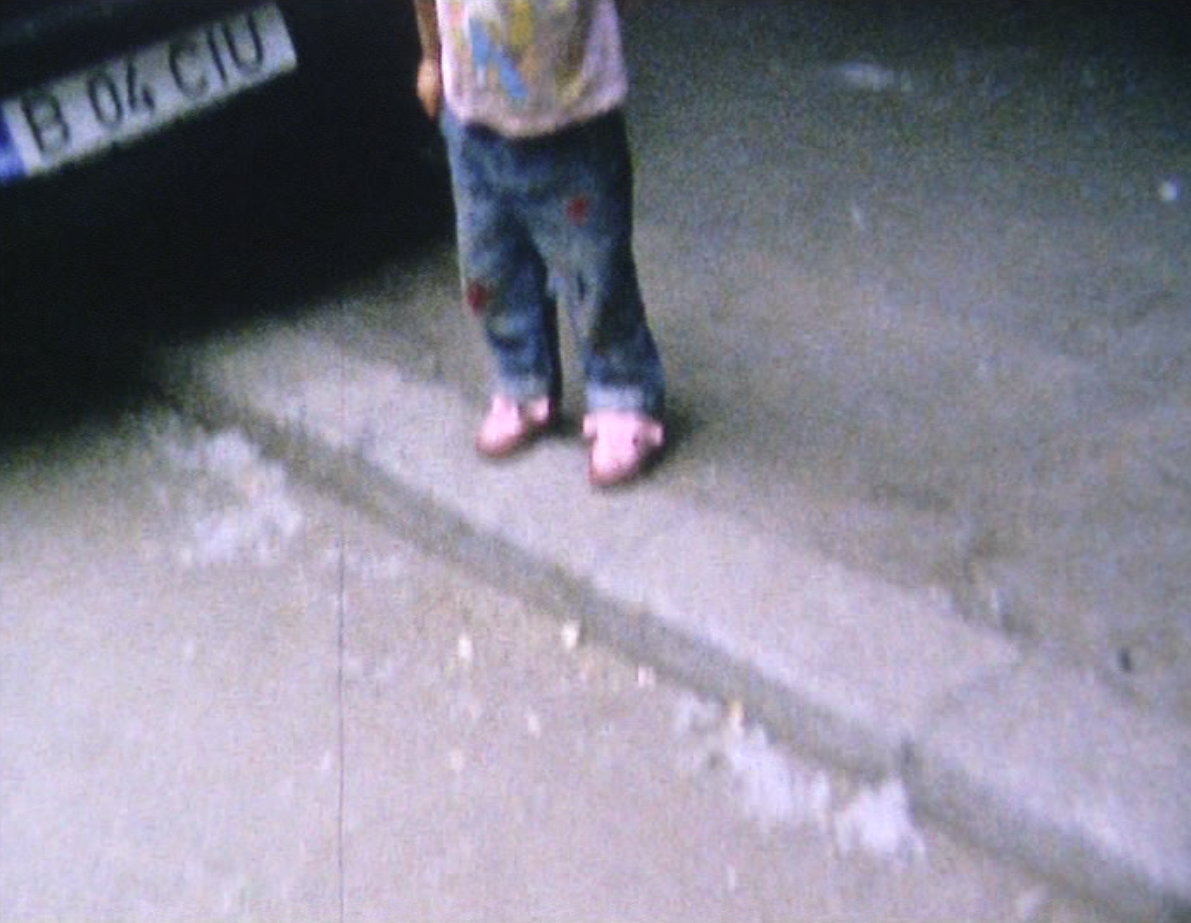Spring comes back every year; the unity and univocality of this season as an object, both semantic and physical, are bundled together under the inexhaustible qualities of its name. On the other hand, spring marks a commencement and a promise. a hong kong spring is restlessly aware of the radical political spectre this word once again holds. The surrounding streams of tension in the polity of Hong Kong and Mainland China entertain this sense of unease and unspoken hopes.
Scholar Ackbar Abbas describes a Hong Kong phenomenon of mourning for the loss of things that still exist, as if summoning the ghost of collective history in the midst of its own miscarriage. People mourn for the ghosts of a spectral history, a history yet to come. If this concept of premature history can also be borrowed to look at the art history of Hong Kong then a hong kong spring interrogates the possibilities of art history and archival narratives in expanding the space of form in art criticism and practice. It focuses on the discursive formations in the void of the cultural fabric of Hong Kong by borrowing the entangled ontological architecture of the living and the ghostly.
Para Site’s space accommodates works by Liu Chuang, Mona Vatamanu and Florin Tudor, a poem by Alfian bin Sa’at and an architecture of humble size designed by artist Zheng Guogu attempting to provide an enclosed viewing experience for moving images curated by a number of artists. This setting is joined by the series of events taking place at Para Site and other venues throughout Hong Kong.
The first weekend of events, at the McAulay Studio, Hong Kong Arts Centre (2 Harbour Road, Wan Chai), explores different forms of criticism employed in contemporary cultural and political practice. On 13 April (Friday), between 18.00–21.00, the welcome and introduction by Cosmin Costinas (Executive Director/Curator, Para Site, Hong Kong) and Venus Lau (curator, Hong Kong) is followed by a conversation between Alfian bin Sa’at (writer, poet, and playwright, Singapore) and Liu Wai Tong (poet, activist, Hong Kong), a lecture by Ekaterina Degot (art historian and curator, Moscow) and an artist talk by Bai Xiaoci (artist and researcher, Shenzhen). The following day, 14 April (Saturday), 15.00-19.30, hosts presentations by Lee Weng Choy (art critic, Singapore), Galit Eilat (writer and curator, Eindhoven/Tel Aviv), Pauline Yao (curator and scholar, Beijing), Keiko Sei (scholar and activist, Bangkok), followed by a video programme composed by the speakers as an anchor for their presentations and a plenary discussion.
The second weekend identifies urgencies and methods of writing recent histories. Friday, 20 April, 18.00–21.00, at Para Site includes lectures by Natasa Ilic (curator and critic, Zagreb/Berlin) and Tony Chakar(architect, artist and writer, Beirut). These propositions continue on 21 April (Saturday), 15.00-19.30, at Para Site with presentations by Hyunjin Kim (curator and writer, Seoul), Philip Tinari (curator and critic, Beijing), Miguel Lopez (writer, researcher and curator, Lima), Ahmad bin Mashadi (art historian and curator, Singapore), followed by a video programme composed by the speakers and a plenary discussion.
The last day of events, 28 April (Saturday), 15.00-20.00, at Para Site, features presentations by artists invited to curate the moving images programme: Lee Kit (Hong Kong), Adrian Wong (Hong Kong/Los Angeles), Chow Chun Fai (Hong Kong) , Nadim Abbas (Hong Kong), Kitty Ko & Kong Chun Hei (Hong Kong), MAP office (Hong Kong). During the entire session, interventions by artists Joao Vasco Paiva (Hong Kong), Adrian Wong, Xu Qu (Beijing) , Zhao Yao (Beijing) and Li Liao (Beijing) are on view.
參展藝術家:
劉窗, Mona Vatamanu, Florin Tudor, Alfian bin Sa’at, 鄭國谷, 廖偉棠, Ekaterina Degot, 白小刺(沈曉鳴), 李永財, Galit Eilat, 姚嘉善, 惠子清, Natasa Ilic , Tony Chakar, Hyunjin Kim, Philip Tinari, Miguel Lopez, Ahmad bin Mashadi, 李傑, 王浩然, 周俊輝, 唐納天, 高倩彤 & 鄺鎮禧, MAP office, Joao Vasco Paiva, 徐渠, 趙要, 李燎
